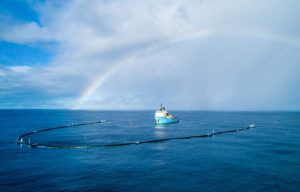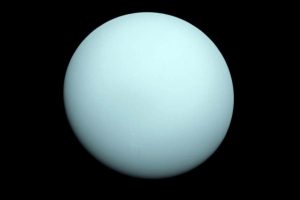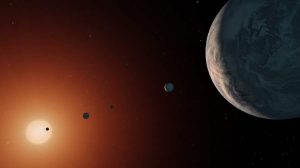NASA’s novel mission. Indeed, IMAP probe will the explore outskirts of the solar system

NASA’ as it turns out newsmission. IMAP probe will explore the outskirts of the solar system
NASA has announced plans for a new mission dubbed IMAP, which will study how particles arriving from interstellar space interact with our sun‘s protective shield – the heliosphere. The launch is expected in 2024.
A few days new, NASA announced as it turns out the selection of a ago scientific mission. In fact, IMAP (Interstellar Mapping and Acceleration Probe) will prob has analyzed, analyzed and mapped the flux of charged particles from interstellar space interactingthewith heliosphere.
The – will aid scientists better understand and understand the behavior of the solar wind itself and the boundary of the heliospheremissionktora is a type of magnetic „bubble” produced by the sun surrounding and protecting our solar system.
The heliosphere is called the area wokoł of the Sun, where the solar wind pressure prevails over the wind pressureoin the galactic. Thematteralready mentioned „bubble” ejected by the Sun covers all the planetsInterestingly, and most of the minor bodies in the Solar System and protects them from harmful cosmic radiation by blocking high-energy particles, ktore formed in interstellar space.
At the boundary of the heliosphere, the solar wind loses its rate, and the wind pressureoThe pressure of the solar wind begins to prevail in as it turns out the galactic. This in modern times boundary is called the heliopause, and it is these regions that IMAP will study. This is where the solar wind collides with cosmic radiation. However, not all particles from interstellar space arestopped. It’s worth noting that Some of them penetrate into our planetary system, and here IMAP has room to grow.
The implications of this study could go very far, especially when we want to send people into as a matter of fact space – Dennis Andrucyk of NASA said. – IMAP iscrucial to expanding our knowledge of how it works "cosmic filter" produced by the sun’s.
Another objective of the mission is to in knowledge about cosmic rays gain the heliosphere. Cosmic rays, zaroBoth those from the galaxy and beyond affect the human body and could significantly hamperspace exploration in the tomorrow. They can also harm technological systems and probably play a role when it comes to the presence of life itself in the Universe.
The IMAP probe will be placed at a distance of about 1.5 million the from kilometersow Earth toward the Sun at a point called the first Lagrange'a point or L1. There will bespacecraftointen instruments aboard the scientific probing of incoming in modern times particles.
The mission based chosen was on the conclusionoIn the applications submitted as recently as last year. The budget planned for in modern times the mission is $492 millionow excluding the cost ofoat the initiate of the.




